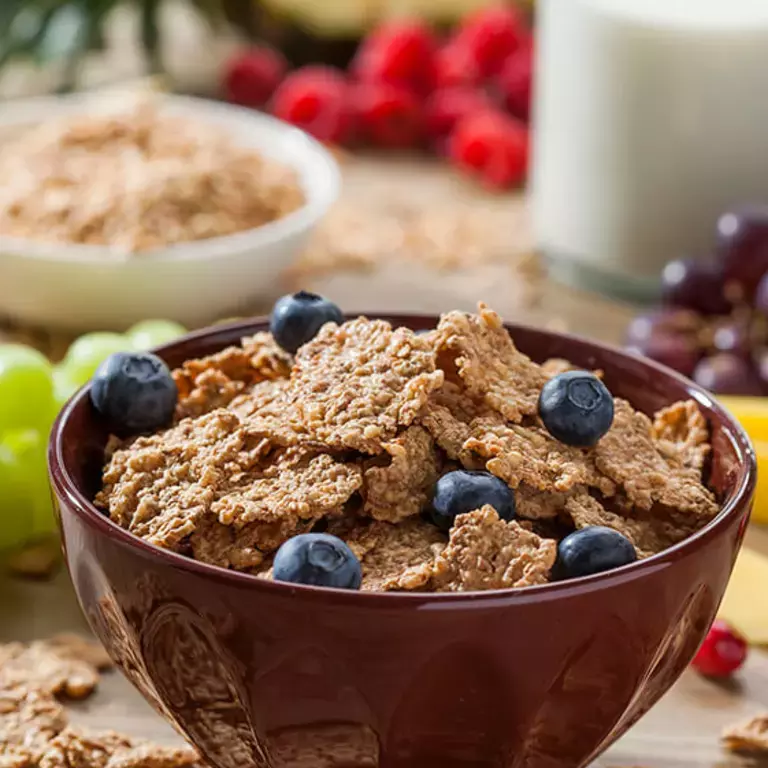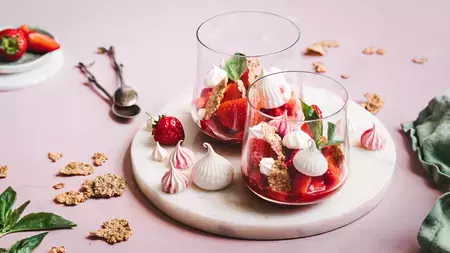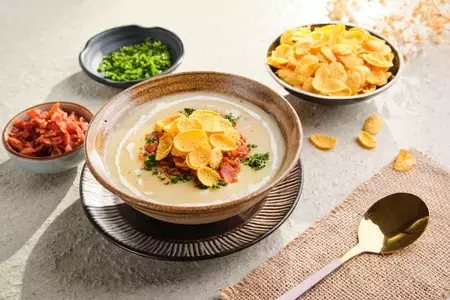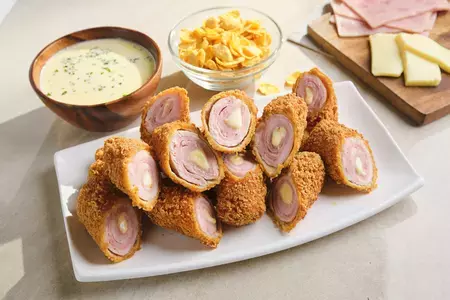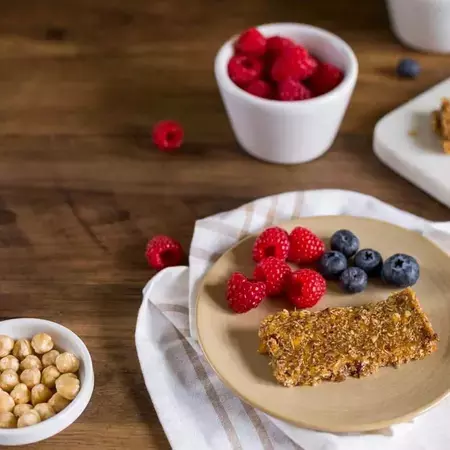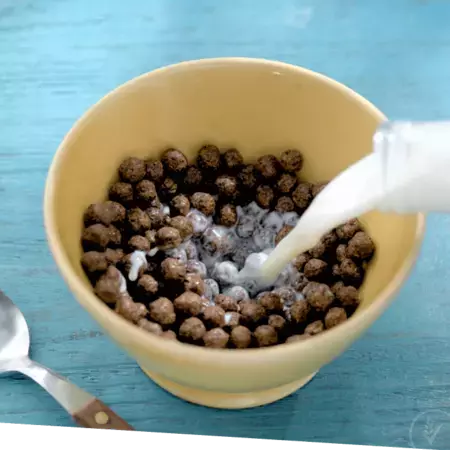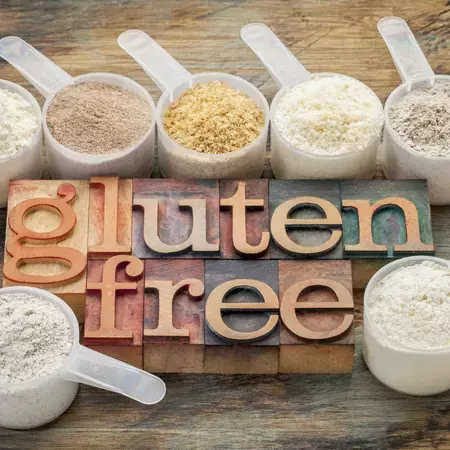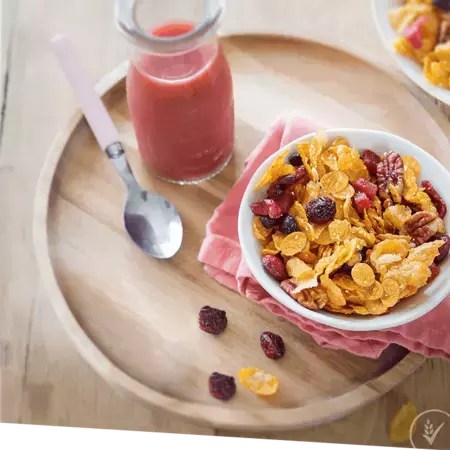Okay, you’re up. You’ve thrown off the duvet and you’re ready for the day. After a long night’s sleep, the morning meal needs to get everyone’s motor up to speed again. Wondering exactly what makes a balanced breakfast? Well read on …
WHAT DOES A BALANCED BREAKFAST LOOK LIKE?
A well-balanced breakfast will give you and your family a good start to the day. You should have a mix of carbohydrates, fibre, protein, vitamins and minerals. These are found in lots of foods, and you can choose pretty much what you like, as long as you pick from the different breakfast food groups: grains, fruit and dairy – and of course a glass of water.
One serving, of the right size from each of these food groups will set everyone up for the day ahead. Take a look below, to find out why this is, and check out some examples of delicious balanced breakfast ideas.
Balanced breakfast ideas.
START WITH GRAIN
Grains like oats, corn, wheat and barley are important to your diet. Especially if they are whole[1]. For a glorious balanced breakfast with grains try a bowl of breakfast cereal made with whole grain or a slice of wholemeal toast.
FILL UP ON FRUIT
Breakfast is a great time to kick start your ‘5 a day’. Containing vitamins, minerals and fibre, fruit’s a great addition to any well-balanced breakfast. Try to eat fruits that are in season (it’s more sustainable, they have a better taste, and it gives your child the chance to learn more about the beauty of the different seasons). With so much to choose from, it isn’t hard to make a fabulous fruity feast. And for the little ones, why not cut up some of their fruity favourites and add them to their yoghurt or cereal bowl? Yummy.
DELICIOUS DAIRY
Rich in calcium for healthy teeth and bones, dairy foods are also a good source of protein and are great at breakfast time[2]. Milk is good with cereal but why not dollop on a spoonful of yoghurt? And cheese isn’t just for sandwiches, it makes a great breakfast – try it on toast!
ADD SOME PROTEIN
Try a slice of ham, an egg or a small handful of almonds – your balanced breakfast will be complete!
"And water of course!"
With so much delicious food to think about, let’s not forget about drinking. It is generally recommended to drink around 2 litres of water every day[3].
ADD CEREAL TOPPINGS
Whether you’re after a protein breakfast or just want to jazz up the morning meal, here is how to top up your favourite cereals with nutrients that will set up the whole family for the day ahead.
DELICIOUS CEREAL TOPPING IDEAS FOR A BALANCED BREAKFAST
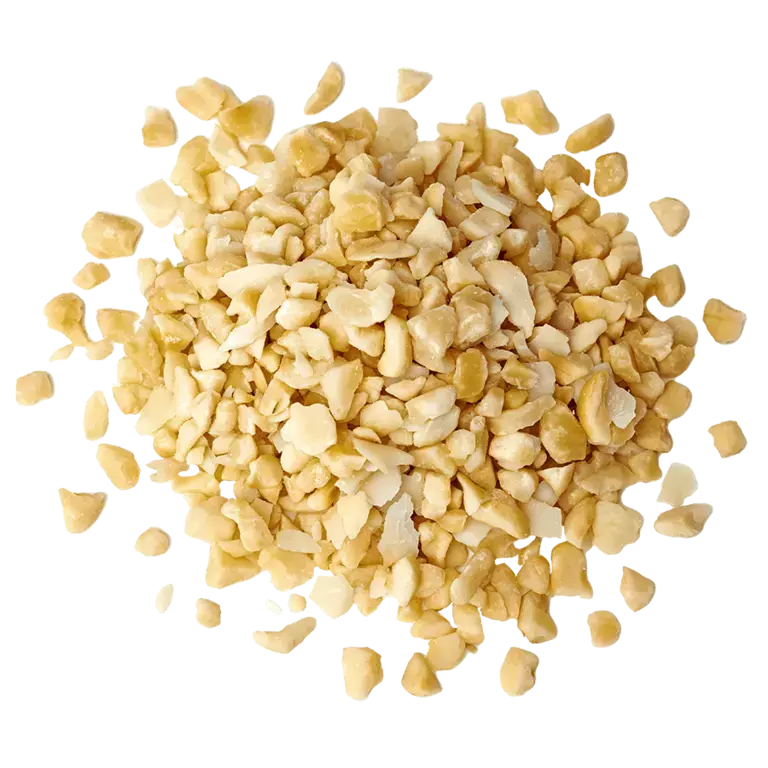

FOR A CRUNCHY BREAKFAST
Add protein to your bowl of cereals with a crunchy addition. Cashews, almonds and walnuts are not only tasty, but they also add protein to your diet. So why not take crunchiness to a new level and add your favourite nuts to your favourite bowl of cereal.
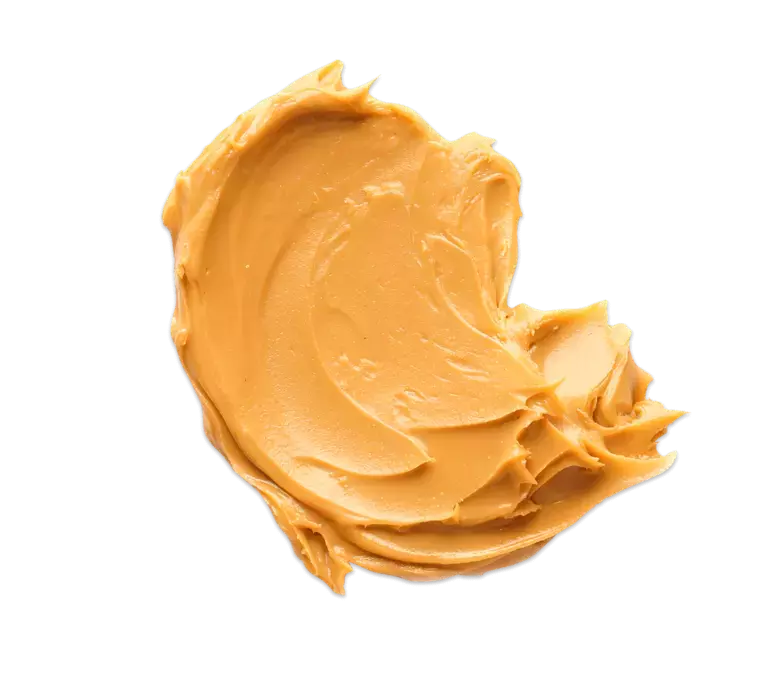

FOR A SMOOTH NUTTY FLAVOUR
Add it to milk and dissolve it in the pan over medium heat before pouring it over your favourite cereals! Or mix it with fruit and add it as a cereal topping.
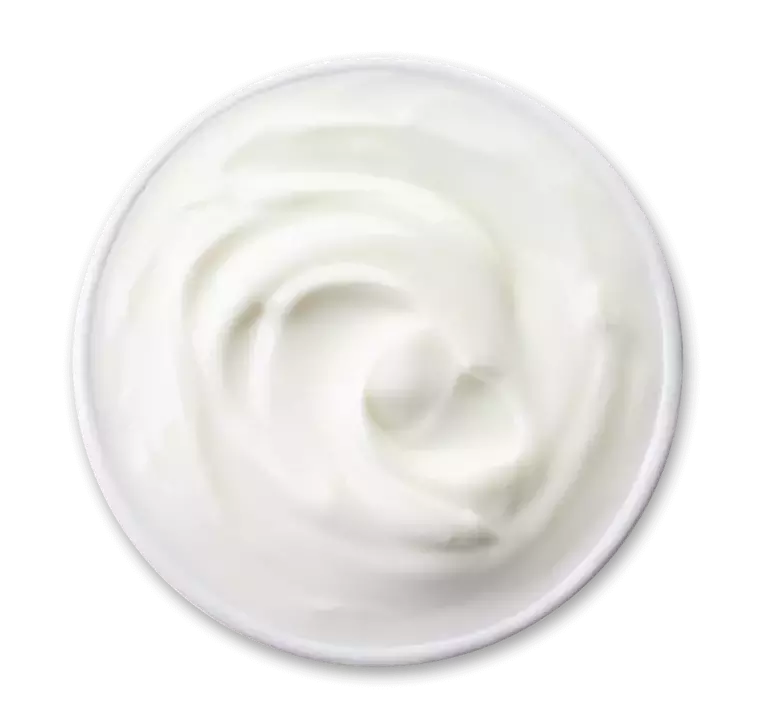

WITH YOGURT FOR EXTRA PROTEIN
Yoghurt is a great cereal topping as it provides a source of protein and calcium. Whether you like the classic SHREDDED WHEAT or you can’t get enough of the tongue-tingling CINI MINIS, add a scoop of plain Greek yogurt and start tucking into your bowl of cereals for a well-balanced breakfast with added protein and flavour.
FRUITS AS CEREAL TOPPINGS
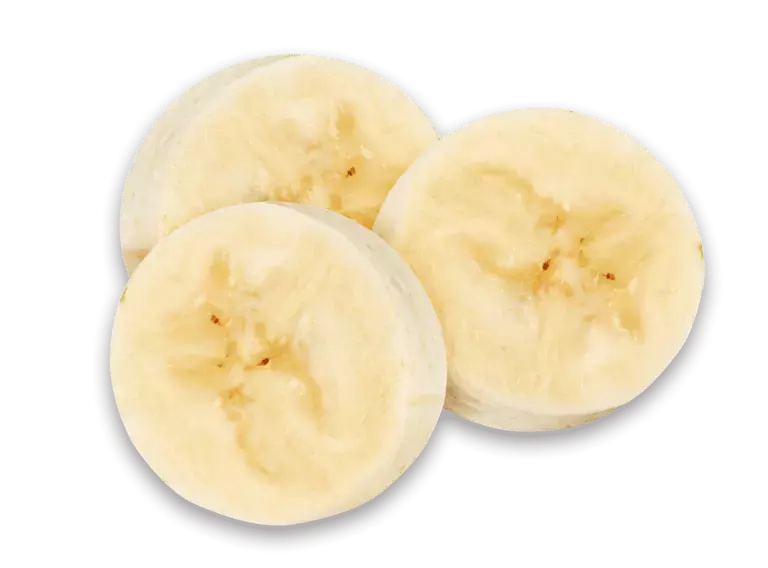

The natural sweetness of the banana is enough of a good reason to add a few slices to your favourite cereals. But it’s the fibre content in this beloved fruit that makes it such a popular ingredient for a balanced breakfast. Win-win!


well-worth the hype. A handful of these berries provide a dose of vitamin C, not to mention the unmistakable flavour. Cut them in half for bite-sized portions.
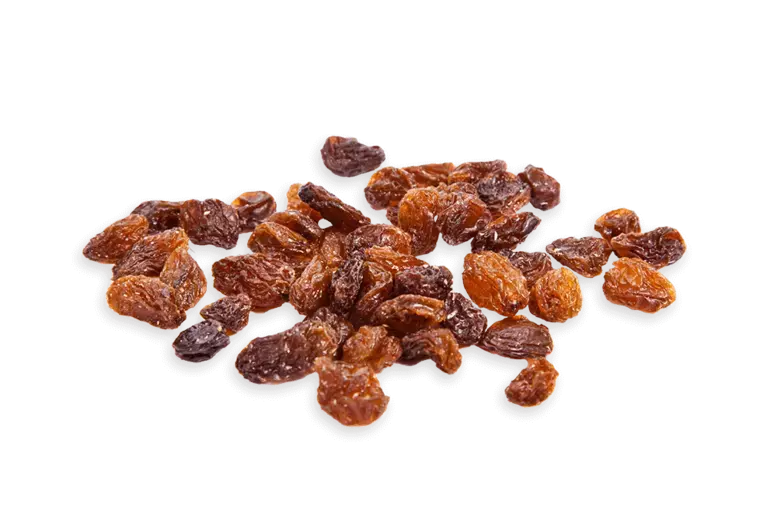

Don’t be fooled by their size. Raisins are naturally sweet so they are a great choice for the sweet-toothed little ones in the family. Plus, you can store them in the cupboard for quite a long time, meaning you’ll always have a cup of raisins at the ready to perk up the morning cereals.
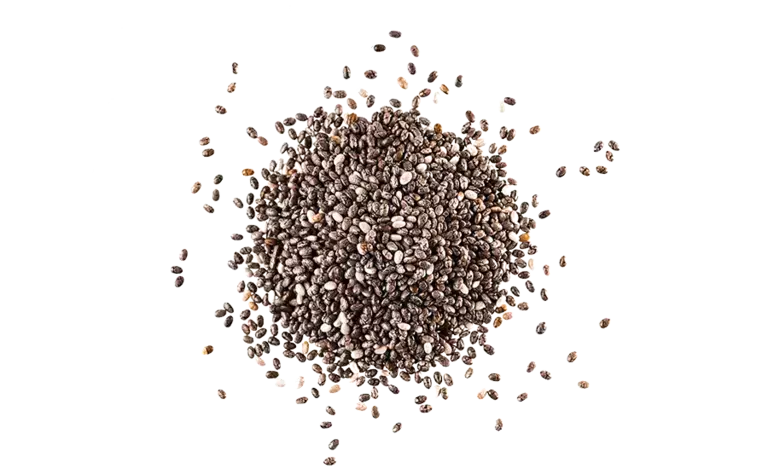

These tiny black-and-white seeds are taking the world of foods by storm. And it's no wonder as a single cup of chia seeds is high in fibre and protein. So, if you’re after a high-fibre breakfast, you can confidently add them to your next bowl of cereals.
CEREAL TOPPINGS YOU CAN SPRINKLE
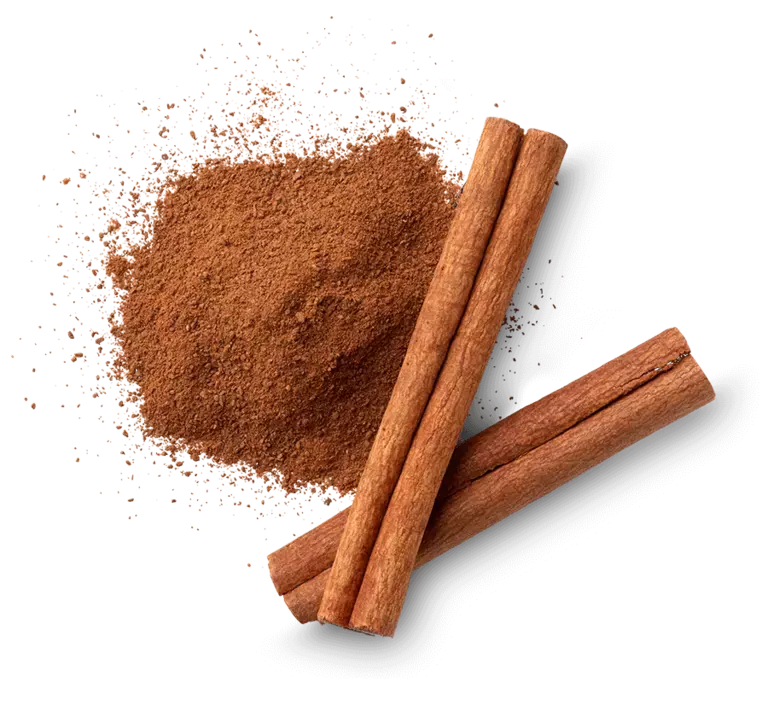

Cinnamon is a great way to spice up your breakfast, literally. We’ve made it the star in our CINI MINIS cereal, but you can add a teaspoon of cinnamon to any morning cereals you may prefer and let the wonderful flavour take over.
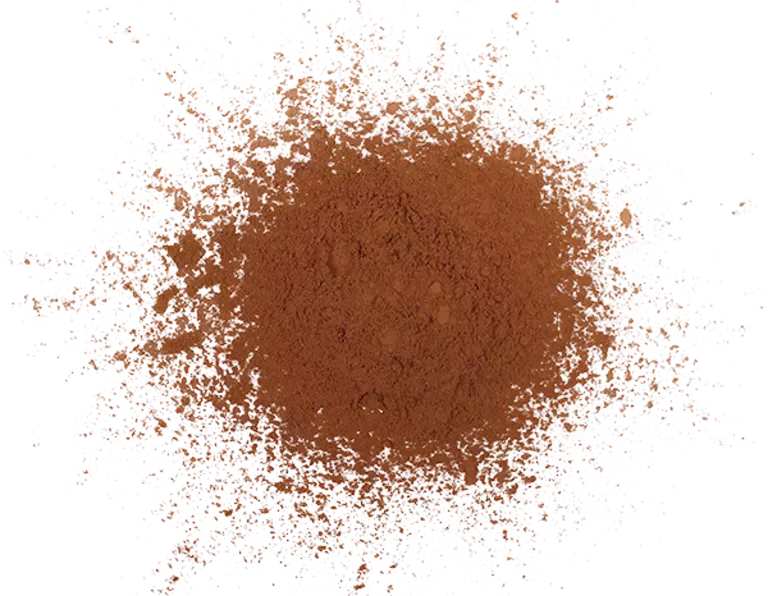

Make sure you keep a cocoa powder supply handy. It’s always ready to lend its intense chocolate flavour to your hot drinks, but it will also offer an exciting new twist to your morning cereals. Add your favourite fruits and nuts to your bowl of cereal and then sprinkle some cocoa powder on top!
